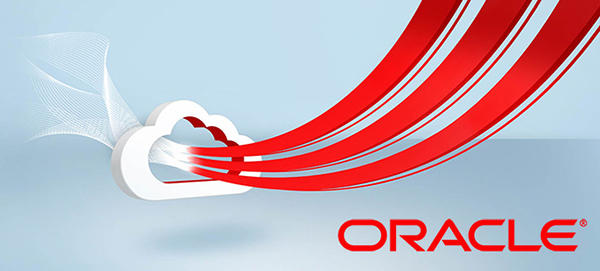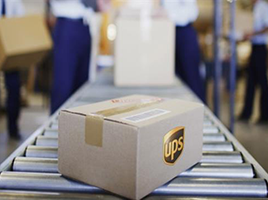Oracle’s launched a cloud migration service it says can “reduce the time and cost of cloud migration by up to 30 percent” and “enables customers with applications running on premises to upgrade to Oracle Cloud Applications in as little as 20 weeks.”

CTO and chair Larry Ellison said the “Soar” service makes it easier to migrate from the company’s e-business suite to cloudy Oracle applications “than it is to upgrade from one version of E-Business Suite to another”.
Ellison said Soar currently works on E-Business Suite, Peoplesoft and Hyperion, and will eventually come to “our full suite of products”.
“A lot of tedious transitions that people once did manually are now automated,” Ellison added, explaining that the service starts with an “Evaluator” that detects customisations in an e-business suite implementation so they can be reproduced in the Fusion ERP cloud. A “Configuration Analyser” then scans your E-Business Suite to discover things like users, memory requirements, disk capacity and automatically replicates that in the cloud.
Data is then extracted from the Suite “transformed and loaded into Fusion ERP”. More than 100 “integration accelerators” are then available to build links from Fusion ERP to other clouds and applications, among them Salesforce and SAP.
The automation’s not magic: Oracle said it reduces the time require to migrate to its cloud “by up to 30 per cent” and making it possible in “as little as 20 weeks.” Which is still a fair slab of time. But Ellison said the payoff is worth it because once you’re in the cloud you’ll never have to do another upgrade because you’ll be in SaaS-land.
Ellison thinks SaaS-land is just about nirvana, because constant improvements will unlock innovation and turn you into a white-hot engine of disruption – and that’s just with today’s features like voice interfaces thanks to Siri and Alexa. Ellison’s also keen on security and revealed a little about how Oracle’s cloud does it. “The computers that we put into our cloud are a little different to the computer that Amazon and Microsoft use,” he said. “We have separate application and security processors attached to the same computer.”
“The application processors can’t see into the security processor’s memory and vice versa.”
He also pointed out that Oracle staff cannot see customer data.
“We can see memory use and I/O and if there is an attack, but we cannot look at your account balances or who your users are,” he said.
Ellison also revealed that Oracle already has “between five thousand and six thousand customers” for Fusion ERP, with “about four thousand” live and in production.
Oracle clearly wants you there, too, regardless of whether you use its applications or infrastructure. Ellison made a strong case for you to make that move. Your Oracle rep may make a stronger one still: analyst firm Gartner recently warned that Big Red may be using arm-twisting tactics to get you there.



